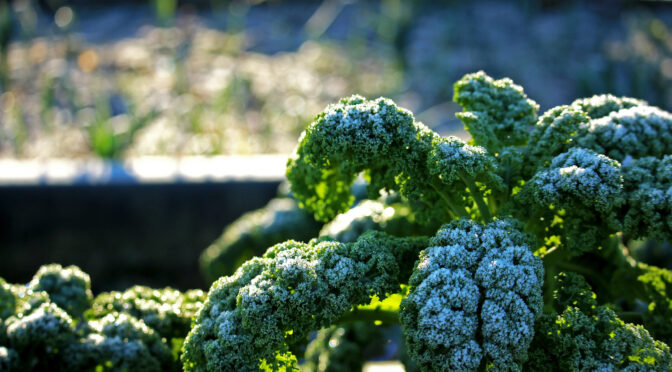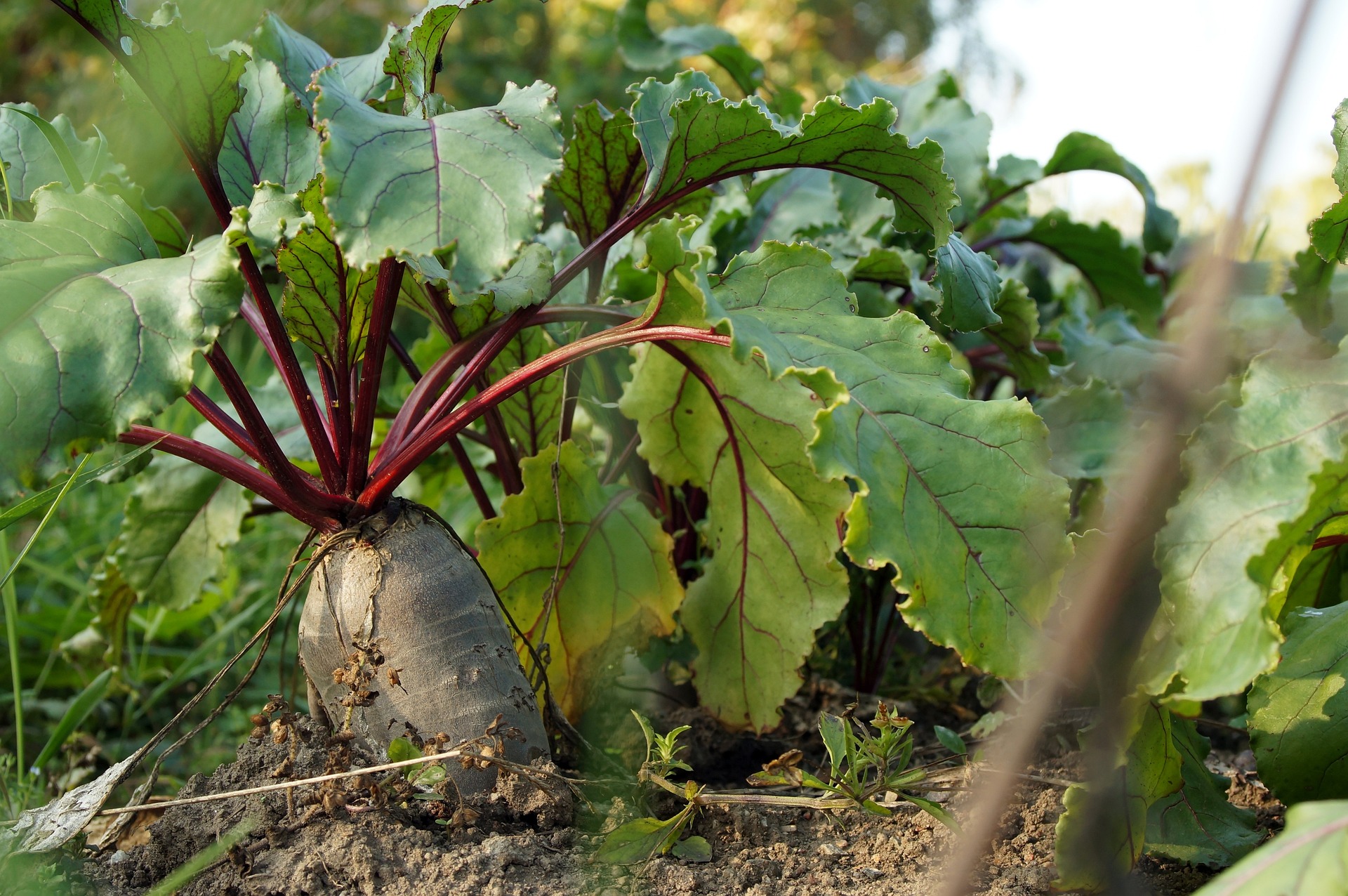Fall is a bit like a second spring. In the Southeast, we can take advantage of the dropping temperatures to get a second batch of heat-sensitive vegetables like lettuce, radishes, cabbage, and spinach. July and August are when we start many of these fall crops. It may still be hot, but this gives them enough time to develop before winter arrives. Here are some excellent fall crops for your garden.
Below, we’ll share crop ideas and our favorite fall varieties.

Brassicas
The plants we refer to as “the brassicas” are members of the Brassicaceae genus. All our brassica crops thrive in the cool weather of fall and spring. A few, like collards, are adapted to both cool temperatures and a good deal of heat.
Cabbage, Cauliflower, Broccoli, and Brussels Sprouts
These brassicas take a while to mature, so start them 10 to 12 weeks before your first frost, depending on the variety.
- Waltham 29 Broccoli
- Early Flat Dutch Cabbage
- Savoy Perfection Cabbage
- Snowball Self-Blanching Fall Cauliflower
- Snowball Y Fall Cauliflower
- Red Rubine Brussels Sprouts
- Catskill (Long Island Improved) Brussels Sprouts
Kale & Collards
Kale and collards are hardy greens perfect for direct sowing in late summer and early fall.
- Lacinato (Dinosaur) Kale
- Lacinato Rainbow Mix Kale
- Premier Kale
- Vates Kale
- White Russian Kale
- Champion Collards
- Georgia Cabbage Collards
- Georgia Green (Georgia Southern, Creole) Collards
- Granny Hobbs Collards
- McCormack’s Green Glaze Collards
- Purple Ultracross Collards
- Variegated Collards
- Whaley’s Favorite Cabbage Collards
- White Mountain Cabbage Collards
- William Alexander Heading Collards
Kohlrabi
Any variety of kohlrabi does well in the solar greenhouse in the spring, fall, and winter. Purple varieties have more flavor, are less susceptible to cracking of the bulb, and are more insect tolerant, but grow more slowly.
Chinese Cabbage
Grows similarly to cabbage, but generally a bit faster. Most Chinese cabbage varieties make excellent salad greens if you harvest them at the baby green stage.
Root Crops
Root crops are fall favorites because they store well in the ground in warm climates and in cellars in colder climates. Many root crops are best grown in the fall, because they sweeten as the temperature grows cold. The roots convert starch to sugar to allow the plant to survive through winter, making them even tastier for the table.
Spring Radishes
Spring radishes are small, crisp radishes often served in salads. Despite the name, they aren’t just for spring! These radishes thrive in cool weather and are ready to harvest in just 24 to 30 days, making them a brilliant choice for fall too.
Fall Radishes
Fall radishes may be more aptly called storage radishes. They are larger, slower growing, and generally more starchy with a more robust flavor. They also have a much longer shelf-life. Unlike spring radishes, these radishes are day length-sensitive and should not be sown in spring.
Carrots
Carrots make excellent fall crops because they store well, but they can be tough to start in hot weather. Cover the seeds with fine light soil and keep the soil moist. For planting in blocks, mix seed with dry sand or fine soil, and add some radish seeds to prevent soil crusting and broadcast seeds over a prepared bed.
- Danvers 126 Carrots
- Nantes Fancy (Nantes Coreless)
- Oxheart Carrots
- Purple Dragon Carrots
- St. Valery Carrots
- Yellowstone Carrots
Beets
Beets make great storage crops, but sowing beets in deep summer heat is difficult. Young seedlings wilt and disappear, and even thick sowings may have only spotty survival. Thin to 6 plants per foot for fresh beets, 3 plants per foot for beets used for winter storage, in rows 12 inches apart.
- Bull’s Blood Beet (great baby greens)
- Chioggia (Dolce Di Chioggia) Beet
- Crosby Egyptian (Early Crosby Egyptian) Beet
- Cylindra Beet
- Detroit Dark Red Beet
- Early Wonder Tall Top Beet
- Lutz Green Leaf (Winter Keeper) Beet
- Three Root Grex
Turnips
Turnips are a great fall crop for greens or roots. The roots will store well in the ground in mild climates or in a root cellar.
- Amber Globe (Yellow Globe) Turnip
- Purple Top White Globe Turnip
- Scarlet Ohno Revival Turnip
- Seven Top (Southern Prize) Turnip Greens
- Tokyo Market Turnip
- White Egg Turnip
Rutabagas
Rutabagas are an ideal fall crop because, unlike many, they can stay in the ground long before they get pithy. Once harvested, you can store them in a fridge or root cellar for 4 to 5 months.
Sow your rutabagas about 8 to 10 weeks before your first estimated frost to give them a good start before cold weather sets in.
Peas
Growing snap, snow, and English or shelling peas in the Southeast isn’t easy. These tasty vegetables thrive in cool, moist weather, something we don’t enjoy for long in the spring! Depending on your climate, you may have enough mild cool weather to sneak in a second round of peas in the autumn.
Snap Peas
Snap peas have many desirable qualities: excellent disease resistance, thick pods that snap like snap beans and remain sweet and tender when mature. Snap peas more than double the amount of food produced by a crop of peas.
Snow Peas
Snow Peas are harvested before the pods fill out. They are eaten along with the pods either raw or cooked. Often cooked in Asian dishes. For best quality, pods should be harvested at least twice a week.
Shelling (English) Peas
Wrinkle-seeded peas are sweeter and earlier than smooth-seeded peas and maintain picking quality longer. Use these peas for shelling and eating fresh.
- Green Arrow Dwarf Shelling (English) Pea
- Little Marvel Dwarf Shelling (English) Pea
- Wando Dwarf Shelling (English) Pea
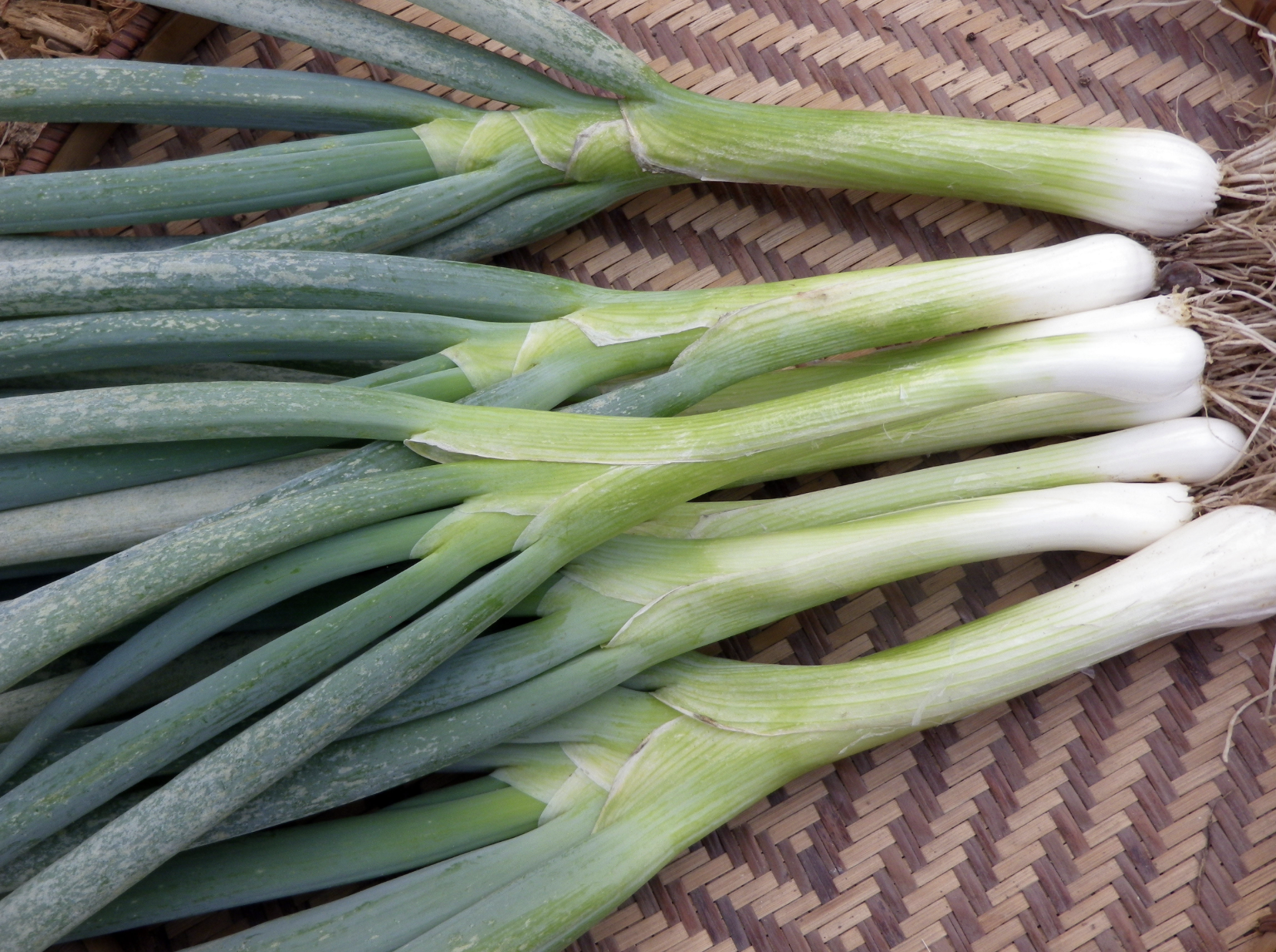
Alliums
Allium is a large genus of plants that includes pungent plants like onions and garlic. No matter where you garden, start your garlic and perennial onions in the fall.
In our area, we also recommend starting bulb onions in cold frames in the fall. This gives them a jump-start on the growing season and plenty of time to bulb up next summer. You can also grow in the fall.
Bunching Onions
Great for salads and toppings, many bunching onions are very hardy and can be grown throughout the year in mild climates.
- Deep Purple Bunching Onion
- Evergreen Hardy White Bunching Onion
- Tokyo Long White Bunching Onion
- White Spear Bunching Onion
Perennial Onions
While they’re not as big as bunching onions, perennial or multiplier onions are incredibly productive and flavorful. Start them in the fall with bulbs.
We have a couple of varieties in stock to ship this fall:
- Egyptian Walking Onion (Tree Onion)
- Egyptian Walking Onion, Heirloom White (Heritage Sweet White Topsetting Onions)
Shallots
Shallots are perfect for fall planting and are a staple in French cuisine. We have one variety in stock to ship this fall:
Garlic
We carry many cultivars that can be divided into two basic types. All of our cultivars are for fall planting.
Bulb Onions
To give our bulb onions more time to grow, we start them in cold frames between November and December. Alternatively, you can start them indoors in January. Using either method, you can transplant your young onions out into the garden in March.
- Australian Brown Dry Bulb Onion
- Granex – Hybrid Dry Bulb Onion
- New York Early Dry Bulb Onion
- Red Wethersfield Dry Bulb Onion
- Rossa di Milano Dry Bulb Onion
- Texas Early Grano Dry Bulb Onion
- Walla Walla Sweet Dry Bulb Onion
- Yellow Sweet Spanish Dry Bulb Onion
- Yellow of Parma (Dorata di Parma) Dry Bulb Onion
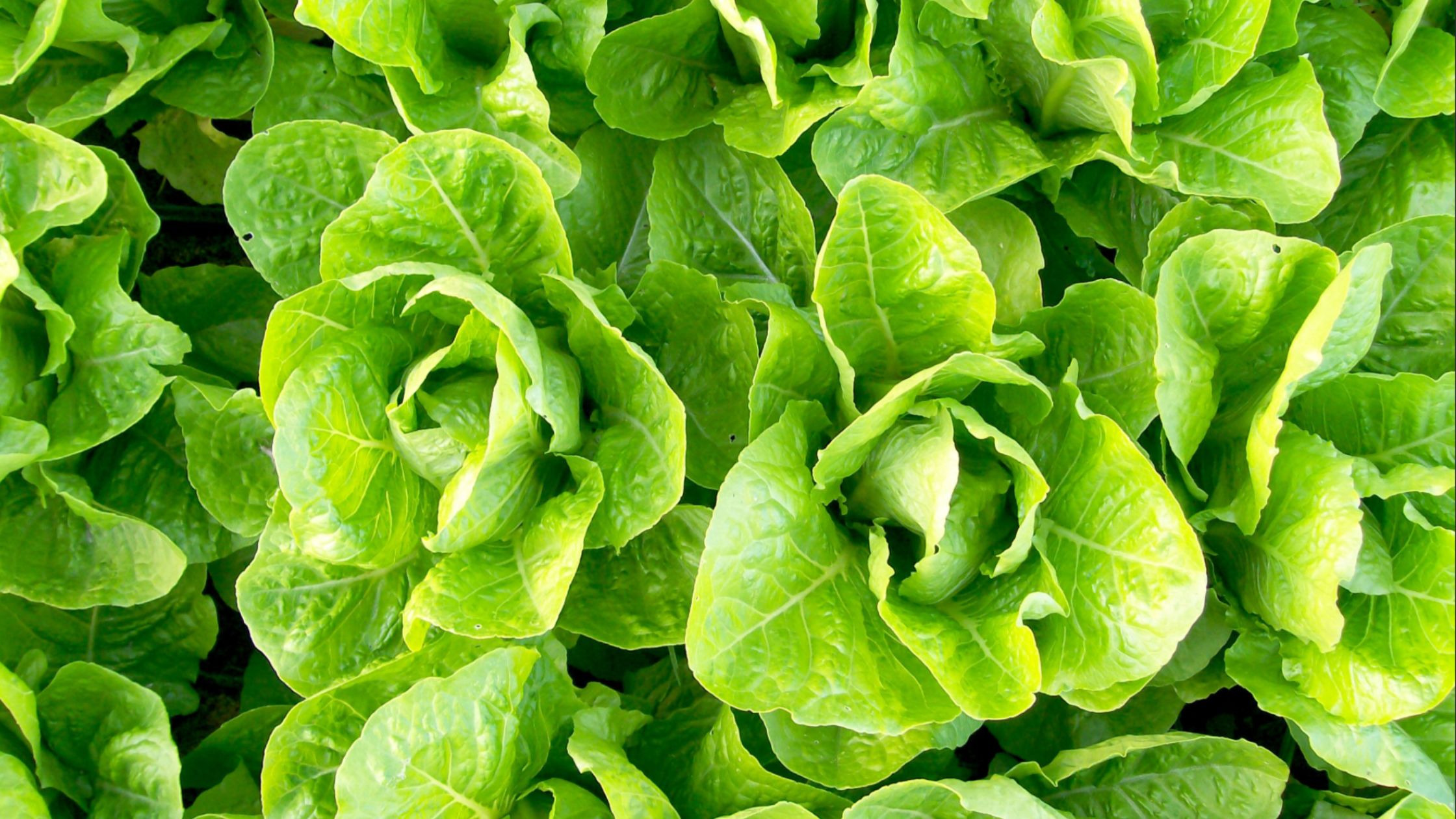
Lettuce
Grow fall salads with some of our favorite fall lettuce varieties. These varieties tolerate the conditions of late summer and early fall well.
- Anuenue Batavian/ Crisphead Lettuce
- Bronze Arrow Looseleaf Lettuce
- Buttercrunch Bibb (Butterhead) Lettuce
- Capitan Bibb (Butterhead) Lettuce
- Cosmo Romaine Lettuce
- Crawford Bibb (Butterhead) Lettuce
- Jericho Romaine Lettuce
- Kalura Romaine Lettuce
- Loma Batavian/ Crisphead Lettuce
- Mayan Jaguar Lettuce
- Quan Yin Batavian Lettuce
- Red Salad Bowl Looseleaf Lettuce
- Rouge d’Hiver (Red Winter) Romaine Lettuce
- Salad Bowl Looseleaf Lettuce
- Speckled Bibb Bibb (Butterhead) Lettuce
- Sweet Valentine Romaine Lettuce
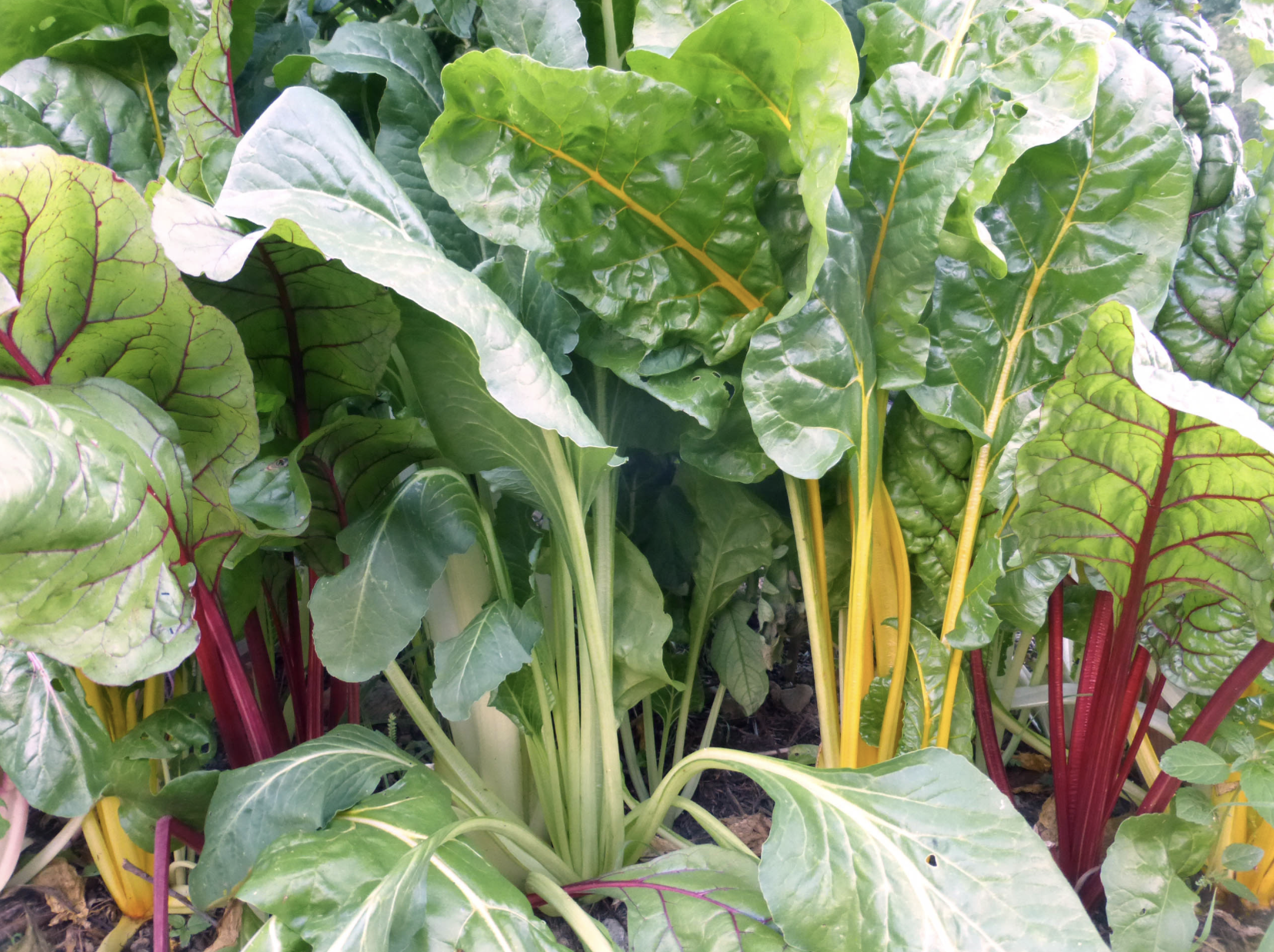
Other Greens
In addition to lettuce and brassicas, there are a number of greens suitable for fall growing. These greens may be good for salads or as cooking greens. Here are a few of our fall favorites:
- Arugula (Roquette)
- Creasy Greens (Upland Cress, Winter Cress)
- Curly Cress (Garden Cress)
- Southern Giant Curled Mustard
- Tatsoi Mustard
- Carolina Broadleaf Mustard
- Beaujolais Spinach
- Long Standing Bloomsdale Spinach
- Winter Bloomsdale Spinach
- Prismatic Rainbow Chard
- Barese Chard
- Fordhook Giant Chard
- Lucullus Swiss Chard
- Perpetual Spinach (Leaf Beet Chard)
- Ruby Red (Rhubarb Chard) Swiss Chard

